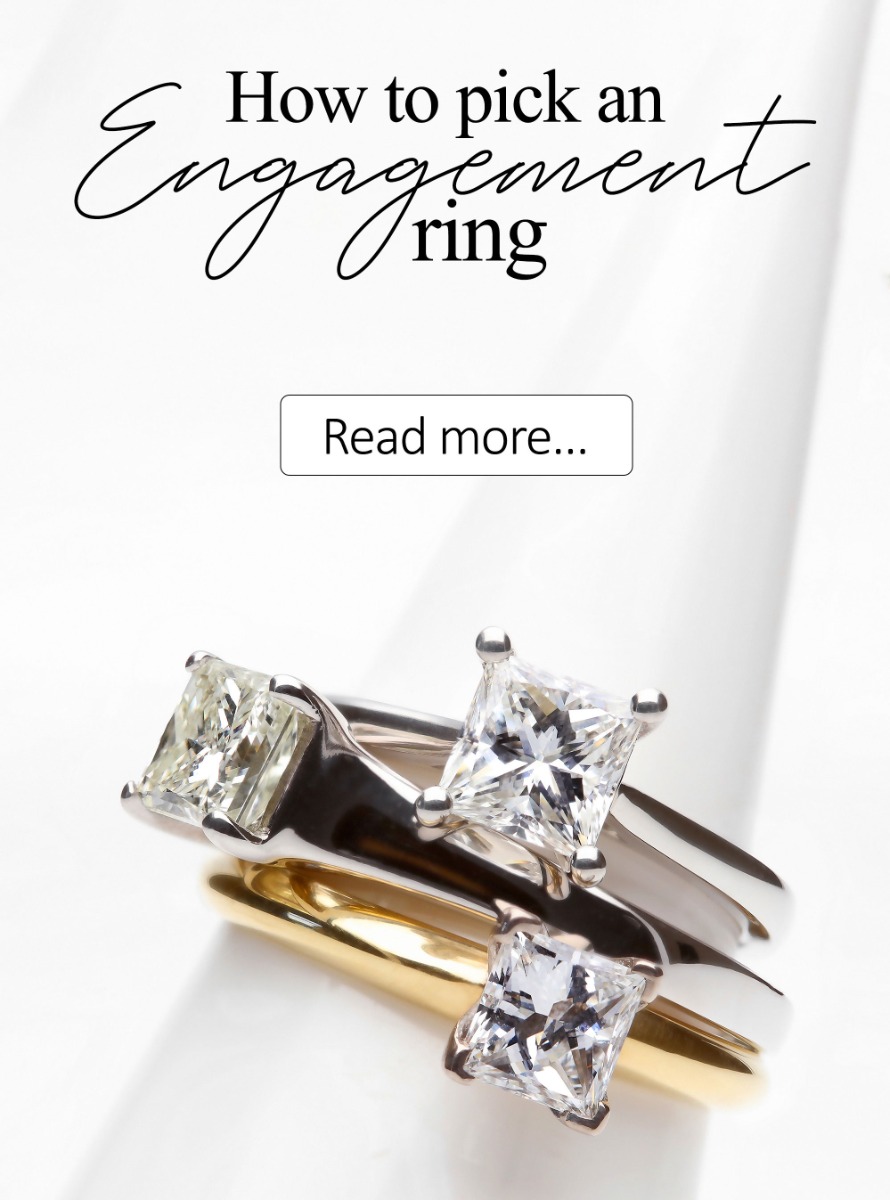Gold, the lustrous and coveted metal, has captured the human imagination for millennia. Its shimmering beauty, malleability, and resistance to corrosion have made it a symbol of wealth, power, and beauty. But did you know that not all gold is the same? In this blog, we will delve into the fascinating world of gold, exploring its various types and varieties.
Pure Gold (24ct Gold)
Pure gold, also known as 24-carat gold, is the most elemental form of gold you can find. It consists of 99.9% gold and is free from any impurities. It has a distinct, vibrant yellow colour and is exceptionally soft and malleable. While it is prized for its purity, it is not commonly used for jewellery because of its softness, which makes it susceptible to scratches and damage.
22ct, 18ct, 14ct, and 9ct Gold
To increase the durability of gold for jewellery making, it is often alloyed with other metals. The most common alloys include copper, silver, and zinc. These alloys are denoted by their gold content in terms of carats (ct). For example:
- 22ct gold contains 91.6% pure and 8.4% alloy metals, stamped 916.
- 18ct gold contains 75% pure gold and 25% alloy metals, stamped 750.
- 14ct gold contains 58.5% pure gold and 41.5% alloy metals, stamped 585.
- 9ct gold contains 37.5% pure gold and 62.5% alloy metals, stamped 375.
The choice of carat depends on the desired balance between gold's purity and durability.
White gold is an alloy of gold and white metals such as nickel, palladium, or silver. It is then plated with a thin layer of rhodium to enhance its whiteness and shine. This type of gold is a popular choice for engagement rings and other fine jewellery due to its elegant appearance and durability.
Rose gold, also known as pink or red gold, is created by alloying gold with copper. The higher the copper content, the stronger the reddish-pink hue. Rose gold has gained immense popularity in recent years for its romantic and vintage appeal, making it a preferred choice for rings, bracelets, and watches.
Green Gold
Green gold, also known as electrum, is a naturally occurring alloy of gold and silver. It is found in some ancient jewellery and artefacts, and has a distinct greenish-yellow hue. Electrum was used by early civilizations for its unique colour and workability.
Welsh Gold
Welsh gold is found in natural geological deposits in two distinct areas of Wales and is highly prized due to its origin and scarcity. Welsh gold is thought to have a softer rosier hue and is often associated with the Royal Family.
Black Hills Gold
Black Hills gold is a distinctive type of gold jewellery that originates from the Black Hills region of South Dakota, USA. It typically combines yellow gold with rose and green gold leaves to create intricate and nature-inspired designs. The unique combination of colours makes it instantly recognizable.
Bullion Gold
Bullion gold refers to gold bars and coins that are primarily used for investment purposes. These are typically made of highly refined gold and are measured in troy ounces. Bullion gold is known for its high purity and liquidity in the precious metals market.
Gold Nuggets
Gold nuggets are naturally occurring pieces of gold found in rivers and streams. They come in various sizes and shapes and are highly sought after by collectors and prospectors. These nuggets are typically 18ct to 22ct in purity.
Gold's diversity goes beyond its shimmering appearance; it extends to its various types and varieties. Whether you're looking for the pure elegance of 24ct gold, the durability of alloys, or the unique colours of rose and white gold, there's a gold type to suit your preferences. Each type of gold has its own distinct charm and purpose, adding to the enduring allure of this precious metal. Whether you wear it, invest in it, or simply admire it from afar, gold continues to captivate and inspire people worldwide.













